Tram Traffic in Zagreb Suspended This Weekend Due to Marathon
October 9, 2021 - The traditional Zagreb marathon is being held, so tram traffic in Zagreb will be suspended for most of the city center. The last tram will pass through the central city square at around 7.45 am.
According to Poslovni Dnevnik, the celebration of the marathon in Zagreb will cause changes in the usual circulation of the electric tram system in the capital, specifically in the city center. Tram traffic in Zagreb will see various routes suspended throughout the day, and therefore citizens should be aware. The City informed exactly which streets:
- Today, from 8.30 to 12.30: Trg bana J. Jelačića - Jurišićeva - F. Račkog - Smičiklasova - Martićeva - Rakovčeva - Štoosova - Harambašićeva - Maksimirska - Svetošimunska - T. Miloša - Fakultetsko dobro - Maksimirska c. Maksimirska c. - Wallachia - European Square
- Tomorrow (10.10.2021), from 9.00 to 16.00: Trg bana J. Jelačića - Jurišićeva - Vlaška - Maksimirska v. - Svetošimunska v. - Av G. Šuška - Maksimirska c. - Harambašićeva - Štoosova - Rakovčeva - Martićeva - Smičiklasova - F. Račkog - Jurišićeva - Palmotićeva - Amruševa - Zrinjevac - Teslina - Masarykova - Prilaz G. Deželićlike - Ul. Filipovića - Ž. Maričića - Ilica - Britanski trg - I. Kukuljevića - Zelengaj - Britanski trg - Ilica - Trg bana J. Jelačića.
Tram traffic will be suspended for most of the city center, so the last tram will pass through the central city square at around 7.45 am. Tram line 13 will not run until the end of the marathon, while all other tram lines, except lines 9 and 15, will run on the changed routes:
Line 2: Zapadni Kolodvor - Glavni Kolodvor - Žitnjak - Savišće
Line 4: Savski Most - Glavni Kolodvor - Borongaj
Line 5: Prečko - Ulica grada Vukovara - Žitnjak
Line 6: Zapadni Kolodvor - Glavni Kolodvor - Sopot
Line 7: Savski most - Zaprudje - Autobusni Kolodvor - Branimirova - Trg žrtava fašizma
Line 11: Zapadni Kolodvor - Glavni Kolodvor - Borongaj
Line 12: Ljubljanica - Ulica grada Vukovara - Žitnjak
Line 14: Trg žrtava fašizma - Glavni Kolodvor - Savska - Velesajam - Zapruđe
Line 17: Prečko - Vodnikova - Glavni Kolodvor - Borongaj
For more information on the Zagreb tram service and how to get around the country's capital, be sure to check Total Croatia's Zagreb in a Page complete guide here. Now in your language!
For more on lifestyle, follow TCN's dedicated page.
Zagreb Trams - Iconic and Integral to Life in Croatia's Capital
November 20, 2020 – Today is the 20th anniversary of the completion of the Zagreb trams network. Namely, on this day in 2000, the last current line from Jarun to Prečko was opened. To celebrate, we take a look at the iconic, blue trams of Zagreb
It's all too easy to take for granted the things you see every day. That's certainly true of city residents in their feelings for Zagreb trams. As it currently stands, the Zagreb trams network was completed on 20th November 2000, when the existing line to Jarun was further extended to Prečko, which lies to the west of the city centre. In the two decades that have followed, Zagreb trams have cemented their place as an icon of the city, have helped changed the cityscape of Zagreb and have facilitated the friendships, education, careers, relationships and businesses of the Croatian capital over millions of journeys. All without much fanfare or celebration.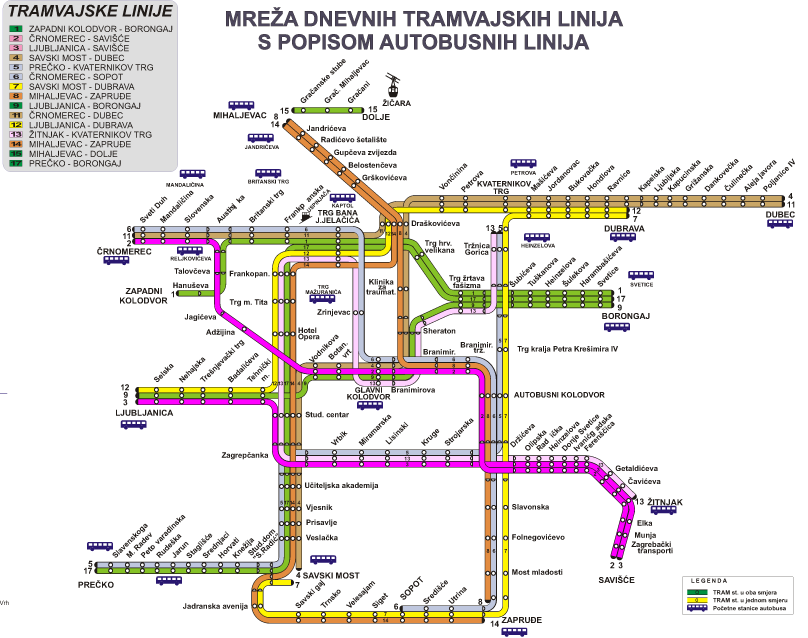 The Zagreb trams network
The Zagreb trams network
The Zagreb trams network consists of 15 lines which connect suburbs as far west from the centre as Prečko (8 kilomtres), as far east as Dubec (8 kilometres), north to Mihaljevac (3 kilometres) and south to Avenue Dubrovnik in Novi Zagreb (an additional line, running further south to Velika Gorica, servicing Zagreb Franjo Tudman airport, is planned). Throughout the night, four lines remain, connecting essential workers, night-time workers and late-night revellers (although they are sometimes replaced by night buses due to maintenance works). © Romulić & Stojčić
© Romulić & Stojčić
The completion of the line to Prečko catalysed the expansion of the westerly-lying suburbs of Špansko and Prečko. The change visited upon the rest of the city by the Zagreb trams network has been no less fundamental. Certainly, at weekends, Zagreb can confidently claim to be a 24-hour city because of its trams. Day or night, no place within the city suburbs is too far to reach because of Zagreb trams.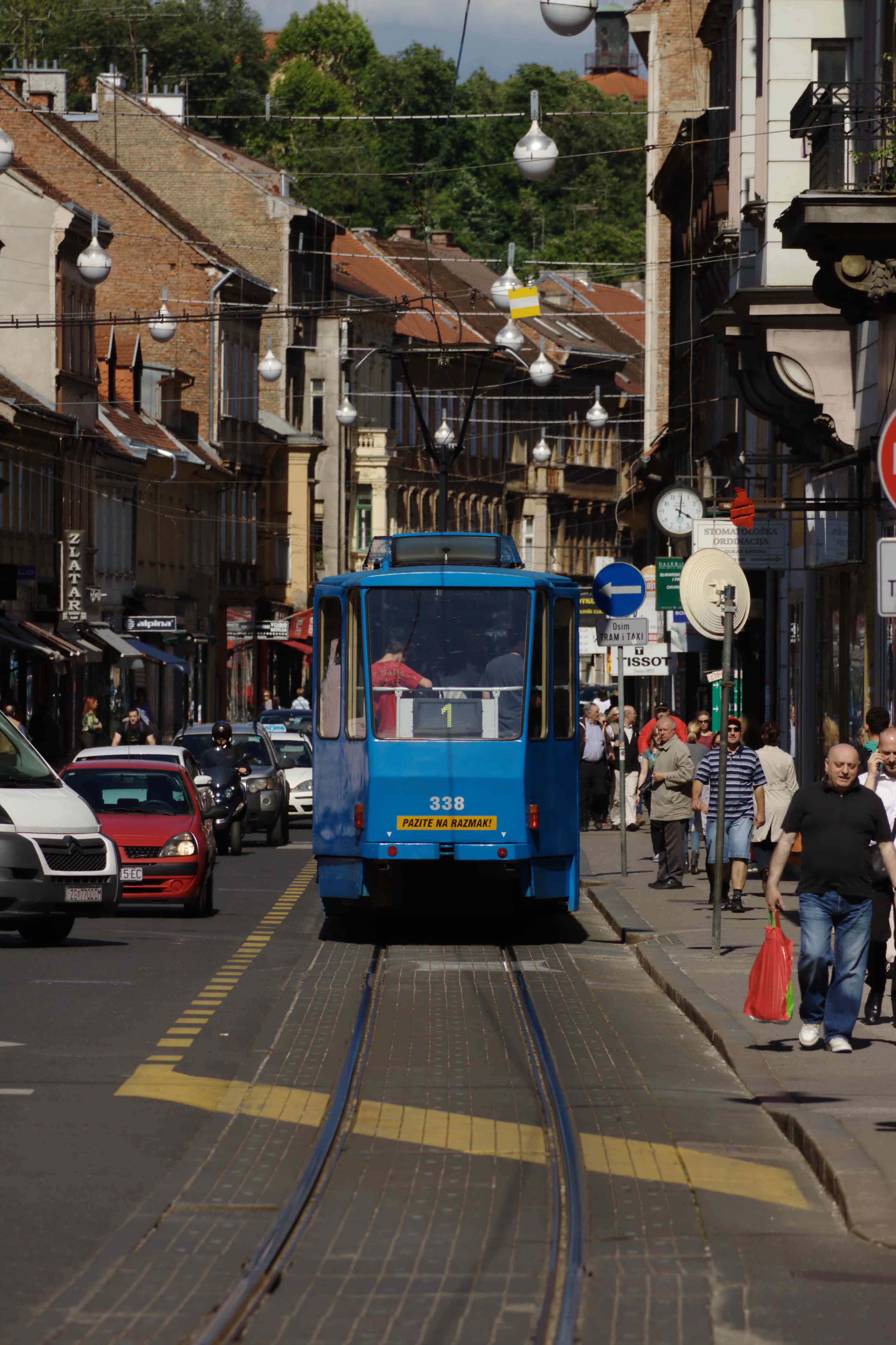 © Aktron / Wikimedia Commons
© Aktron / Wikimedia Commons
So reliable and well used are Zagreb trams that it's perhaps understandable why they are sometimes taken for granted. Whole generations now living in the city do not even know a Zagreb without a tram network. Its importance to all was put into sharp focus during the early part of 2020 when the Zagreb trams network was temporarily closed in response to the COVID-19 pandemic. Perhaps only then was the true scale of integration between Zagreb trams and the lives of city residents truly recognised. 'You don't know what you've got 'til it's gone.'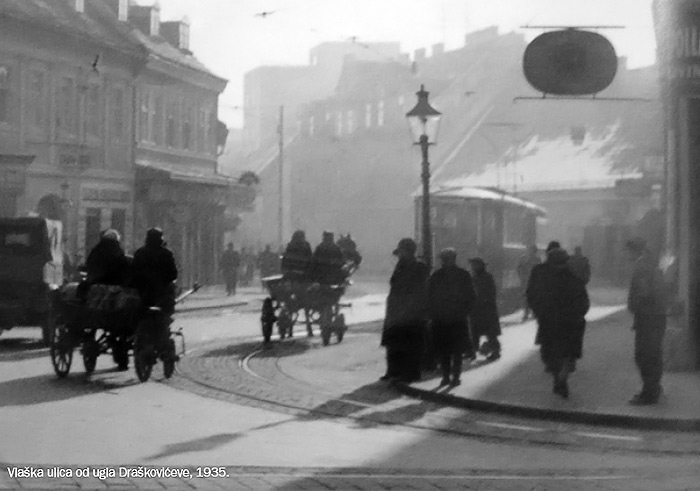 Zagreb trams on the corner of Vlaška and Draškovićeva streets in 1935 © Public domain
Zagreb trams on the corner of Vlaška and Draškovićeva streets in 1935 © Public domain
Lest we forget to give credit where credit is due, here are some interesting facts about Zagreb trams.
The Zagreb trams network was started in 1891 with the opening of the first line. Back then, the trams were pulled by horses - the electric tram didn't debut in Zagreb until 1910. The first journey started at the site of today's Technical Museum and the first track ran for some 8-kilometres. So fascinated were Zagreb residents with the introduction that some 20, 000 passenger journeys were made on the second day. The population of Zagreb at the time was 40, 000.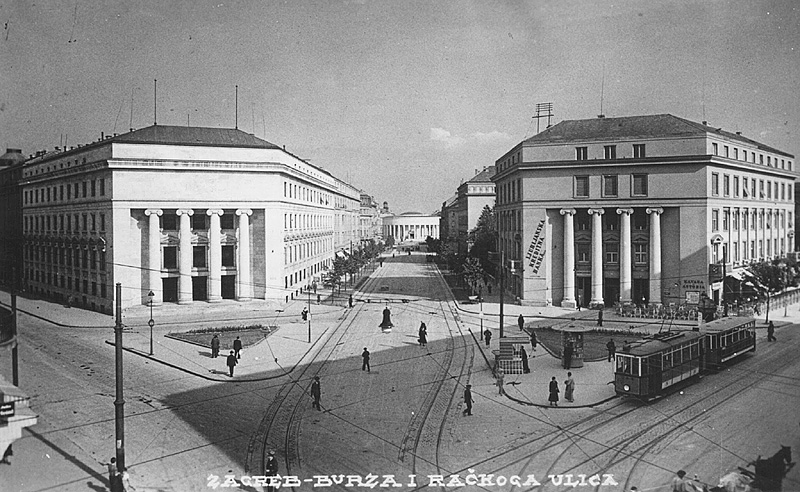 The route from Draškovićeva to Džamija in the 1930s © HappyV
The route from Draškovićeva to Džamija in the 1930s © HappyV
Osijek in Slavonia, east Croatia, was the first city in the country to have trams. The first international railway line into Croatia was built to facilitate holidays on the Kvarner coast, but the rail line ended in Rijeka. The upper echelons of Austro-Hungarian society who took this train were transported to their preferred destination – Opatija – by tram.
The most-modern low floor trams that now run in Zagreb were introduced in 2005.
There are two separate tram stations in Zagreb which have the same name – there are Heinzelova stations on the lines both to Savišće and Borongaj.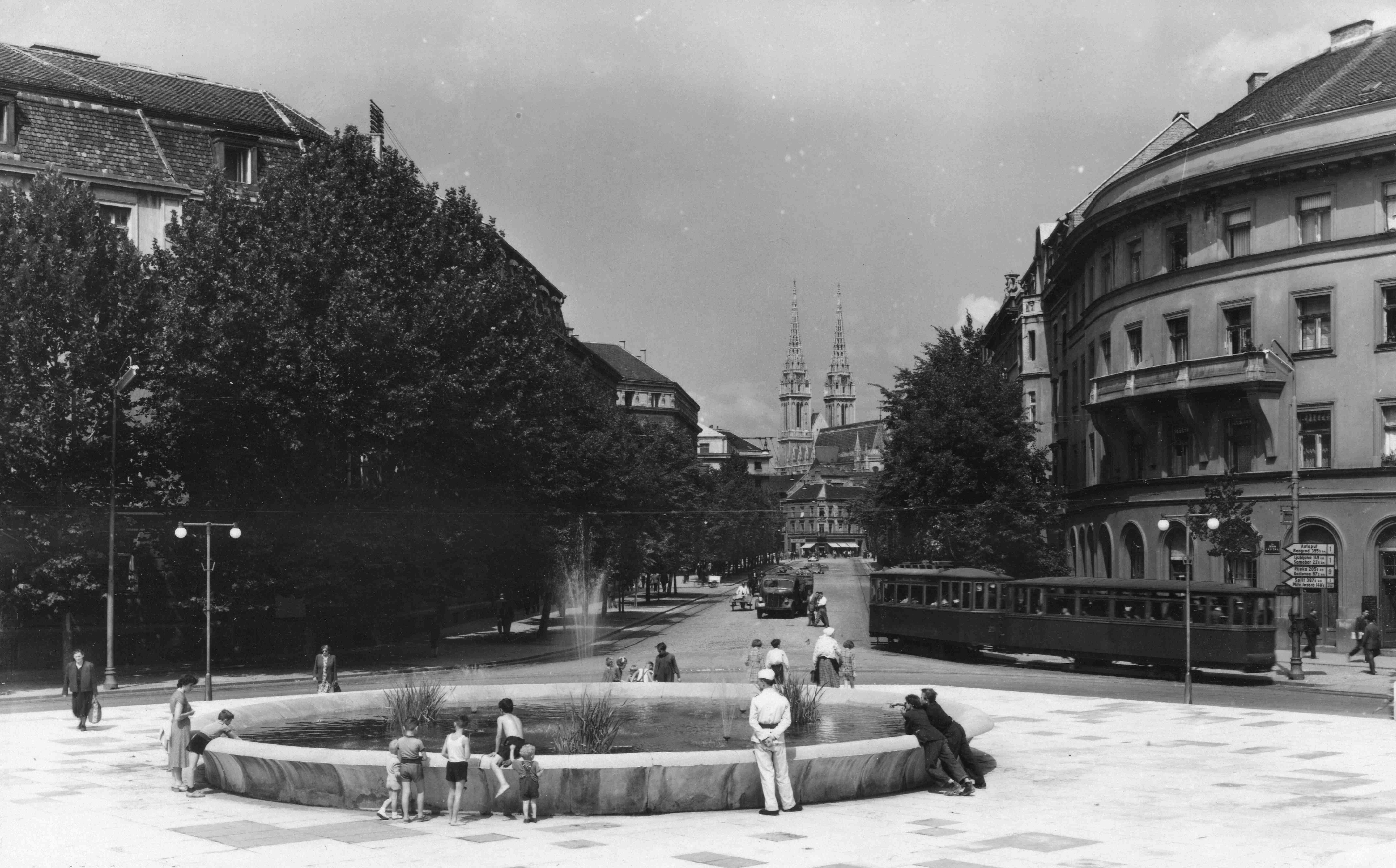 The view from Džamija up to Draškovićeva and the cathedral in 1947 © Romák Éva
The view from Džamija up to Draškovićeva and the cathedral in 1947 © Romák Éva
The Zagreb trams network has 116.3 kilometres (72.3 miles) of metre gauge track. It is the same track all over the city, except for the line which runs north to Mihaljevac, which is unique. This line is both the fastest and the shortest in the Zagreb trams network. It services some of the most desirable Zagreb suburbs in which to live. But, of course. The inclusion of the Mihaljevac line brings the track total to 120 kilometres.
Children under the age of six do not require a ticket to ride on Zagreb trams.
There are six different types of tram currently running on the network. Zagreb residents have given nicknames to different models over the years – Đuro was named after a factory that made it, Bik, meaning bull, got its name because it was stronger than older models, Čeh was named after Czechoslovakia, the country where it was produced, Katica, Genšer and Zeko meaning bunny. Everyone likes the most modern trams in summer, because they have air conditioning but, in winter, city residents greet with joy the approach of older models on their route – the seats are heated to a toasty temperature.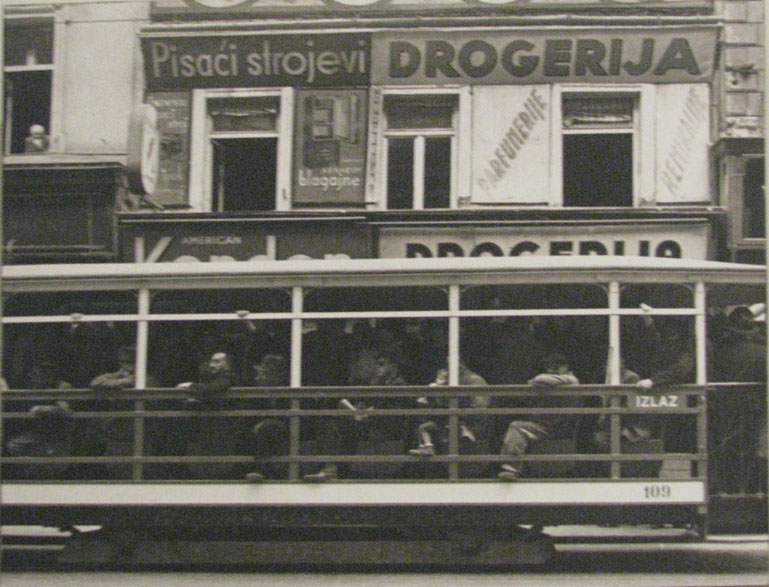 A photograph of how the open carriages of Zagreb trams used to look. The original of this photograph can be found in © Zagreb City Museum
A photograph of how the open carriages of Zagreb trams used to look. The original of this photograph can be found in © Zagreb City Museum
The longest single direction journey you can make on Zagreb trams is between Prečko in the west of the city and Dubec in the east. The journey takes around 76 minutes. You have to change tram only once to make this journey.
Apart from being the most environmentally friendly motorised public transport option in the city, the trams have massively contributed to Zagreb being a modern eco-friendly capital. Many city tram networks run down the middle of roads. While some lines in Zagreb are also placed here, many instead run at the sides of roads. This positioning – plus the way the lines sit in the road – make them problematic for cyclists. And this is partially the reason why Zagreb has 220 kilometres of dedicated cycle paths which exist not on the roads, like in other cities, but on the pavements.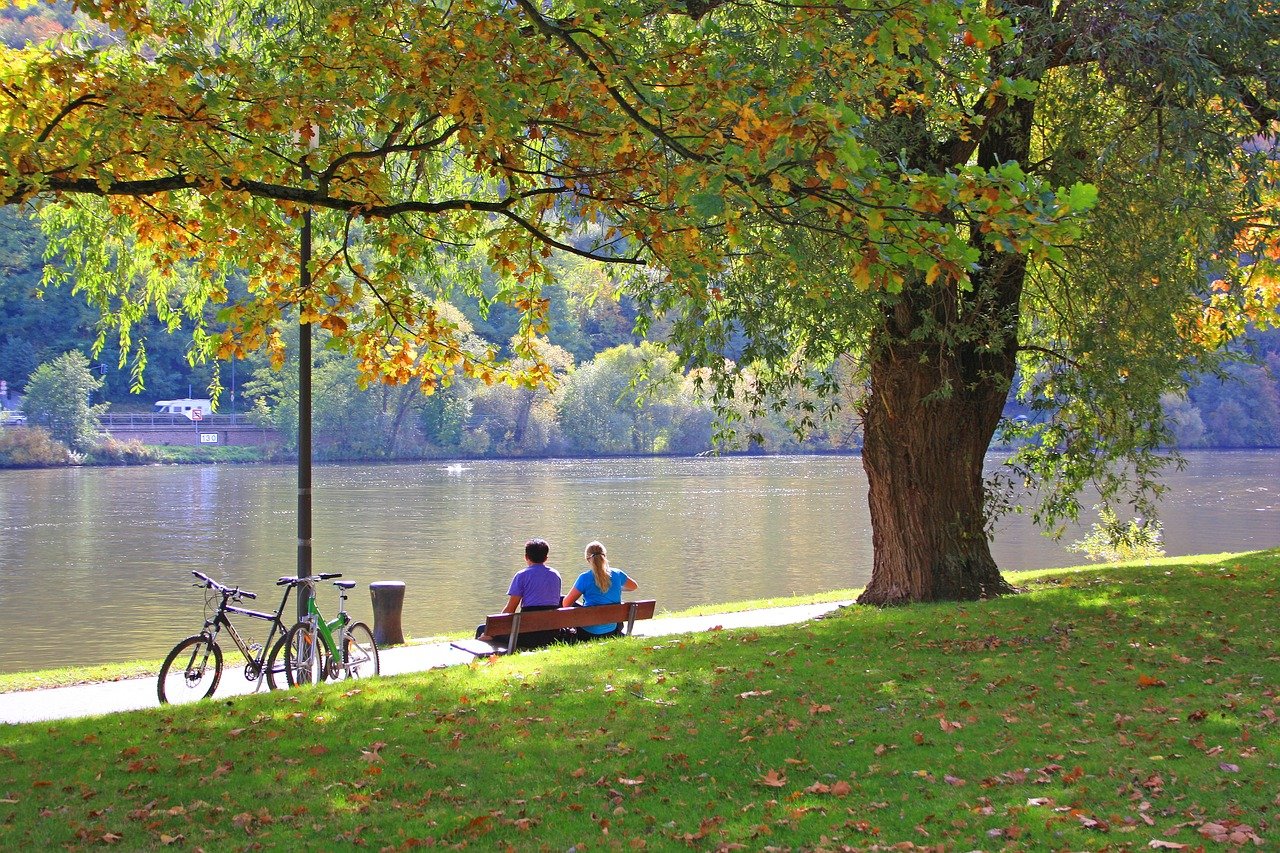 Zagreb's generous 220 kilometres of dedicated cycle paths come partially as a result of the positioning and construction materials of the Zagreb trams network © G Schneider
Zagreb's generous 220 kilometres of dedicated cycle paths come partially as a result of the positioning and construction materials of the Zagreb trams network © G Schneider
One of the world's worst tram accidents happened in 1954 on the Zagreb network. The tragedy took place on the old, steep stretch running near Mirogoj cemetery. Nineteen passengers were killed and thirty seven were severely injured.
During the day, each line runs on average every 5–10 minutes. Almost all stations on the Zagreb tram network sit on at least two lines.
Zagreb's tram network transported 204 million passengers in 2008.
A few years ago, the lowest fare tram ticket was 10 kuna. Zagreb trams were then often ridden by people without a ticket (and still are). The company who runs the tram network, ZET, decided to decrease the price of the lowest ticket to 4 kuna. Since doing so, many more people buy a ticket for Zagreb trams. You can travel for 30 minutes on any tram or trams with a 4 kuna ticket.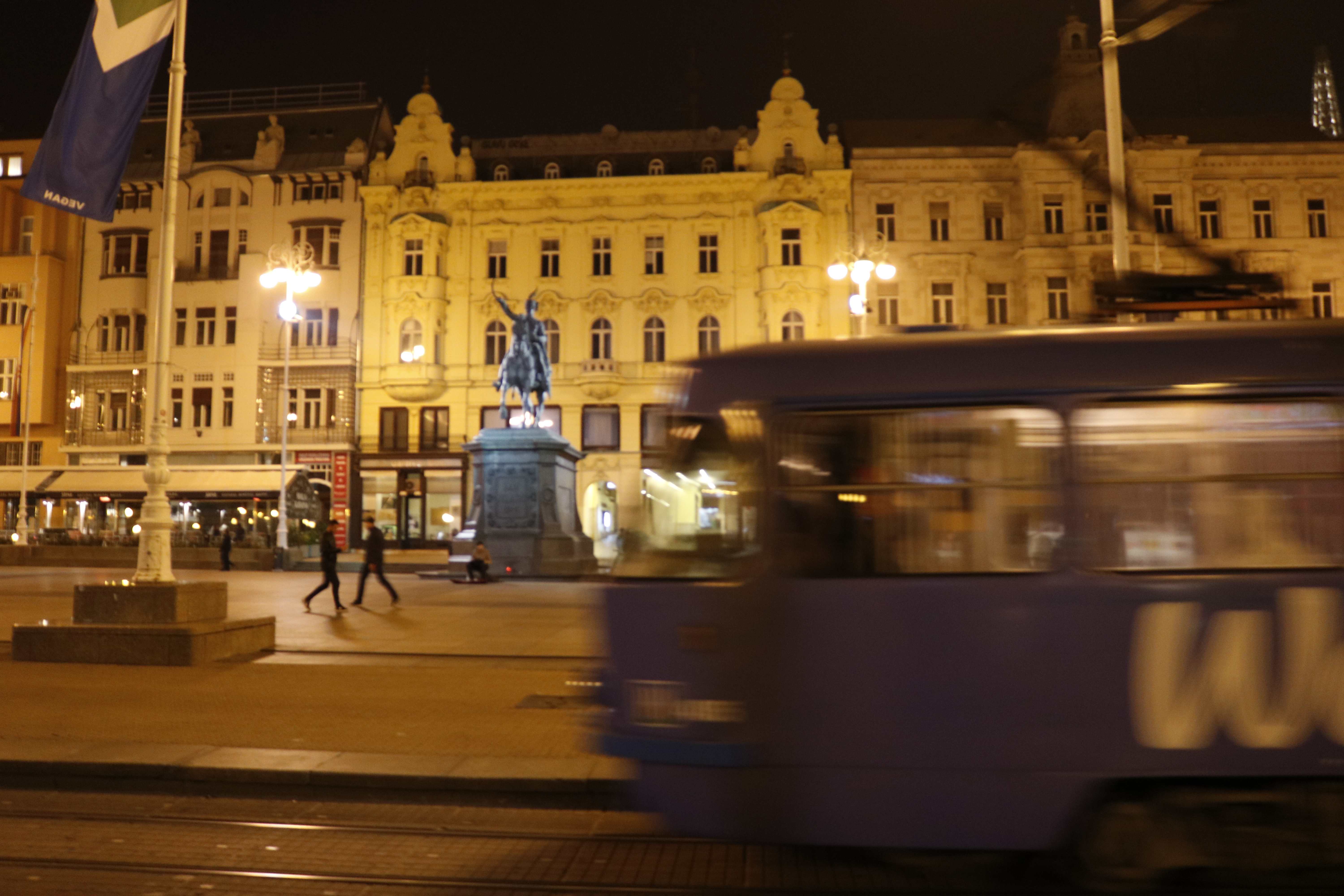 © Marc Rowlands
© Marc Rowlands
All uncredited photographs courtesy © ZET
Croatia and EU Invest Heavily in Zagreb Tram Network Reconstruction
The general aim is to modernise and improve the quality of Zagreb's tram network, and this particular project does not include the procurement of more trams which is a move that was announced a long time ago.
As Poslovni Dnevnik/Marija Crnjak writes on the 30th of May, 2019, a total of 210 million kuna from EU funds and a small part of the Croatian state budget will fund the reconstruction and the modernisation of part of the capital's tram infrastructure, and the Zagreb Electric tram (ZET) project should be completed by 2023, as was confirmed by the Ministry of Regional Development and EU funds.
The general objective of the project is to modernise and improve the quality of Zagreb's existing tram network in order to properly maintain a good level of public transport services for the City of Zagreb at the EU level regarding safety, reliability, accessibility of persons with disabilities and a significant reduction of negative CO2 emissions.
"The reconstruction of the tram infrastructure includes eleven tramway sections in the length of 8,194 metres, as well as track dismantling, track supply and installation, cable drainage and similar works. The reconstruction and modernisation of these correctional stations will include the procurement and installation of new equipment, works on the reconstruction of the objects themselves and the installation of a cable network,'' the competent ministry explained.
Along with the works, a study on the development of the tram traffic of the City of Zagreb is planned, which aims to analyse the overall state of the tram infrastructure and to introduce measures and targets for its improvement, which should ultimately lead to new projects to be funded from EU funds. Of course, the plan is to fund the project's self-promotion through the development of a communication strategy, the visual identity of the project, slogans and the promotion of activities to further highlight the visibility of the project itself.
As stated in the call for co-financing of the modernisation of Zagreb's tram infrastructure, the maximum amount of grants that can be awarded for the project proposal is up to 210 million kuna, with total available grants from the Cohesion Fund standing at 178.5 million kuna. The percentage of co-financing of eligible costs from Cohesion Fund resources can be up to 85 percent and the mandatory share of national co-financing of eligible costs of at least 15 percent will be provided from the state budget.
The pre-defined applicant is ZET, who has already applied for the call, as was confirmed by that particular Zagreb city company.
For ZET, the modernisation of the capital's trams will ultimately result in an increase in the number of passengers using public transport. As we've come to know, this call refers only to the infrastructure, not to the procurement of trams which has been being discussed in Zagreb for several years now. Whether or not this project is being eagerly awaited by Croatian companies was recently confirmed in a conversation between Poslovni Dnevnik and Darinko Bago, President of the Končar Group's management board.
As it is known, Končar has developed trams, and in Zagreb, 142 of Končar's trams are already in operation. As Bago pointed out, according to city studies, Zagreb should acquire more than sixty new trams, replacing the old and overworked trams that have been driving around the city for around half a century.
''We're very interested in that," Bago stated.
The time frame in which this project can be expected hasn't yet been revealed.
Make sure to follow our dedicated lifestyle page for much more. If it's just Zagreb you're interested in, give Total Zagreb a follow or check out Zagreb in a Page.
Click here for the original article by Marija Crnjak for Poslovni Dnevnik


